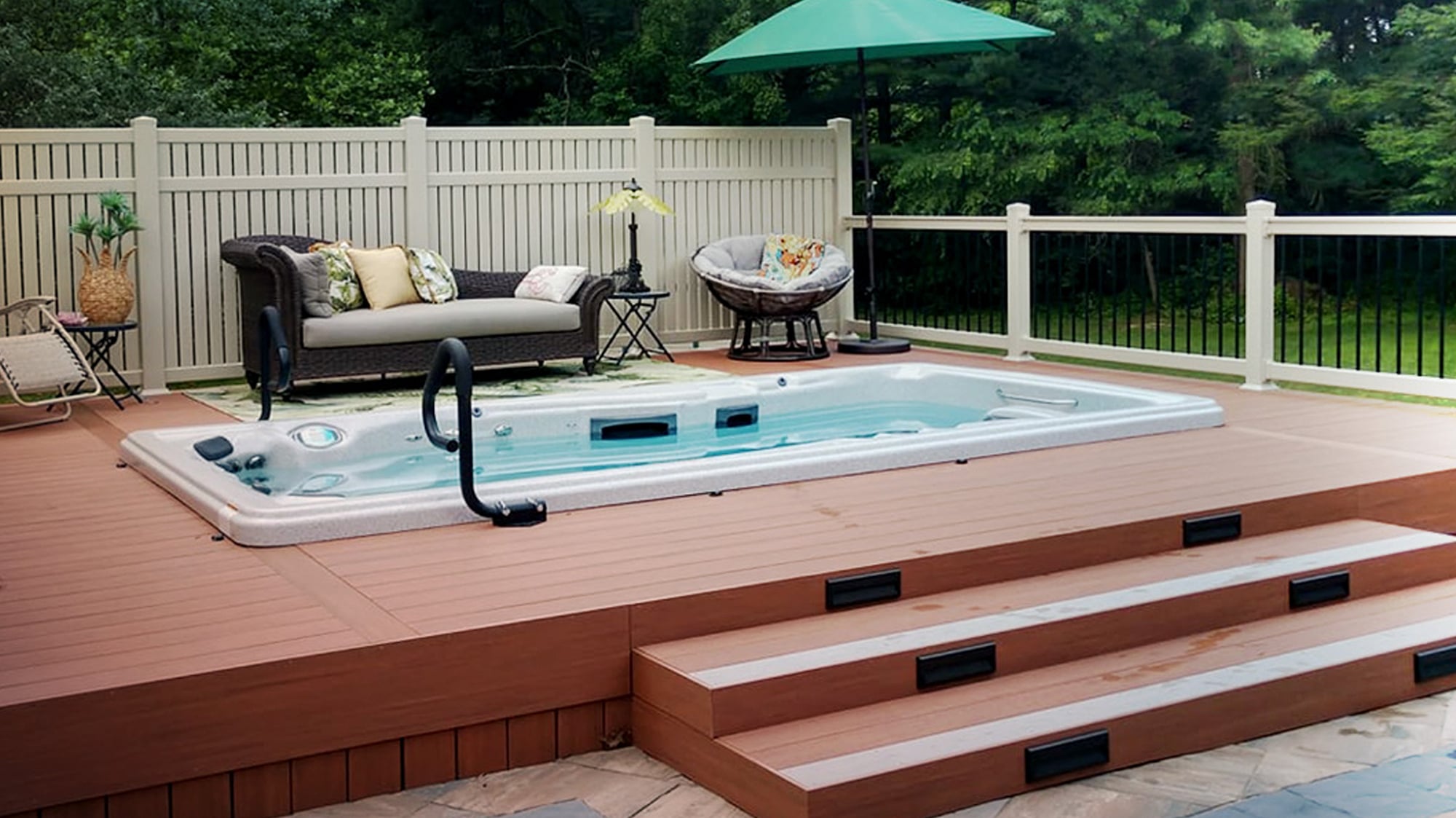Get Your Own Outdoor Spa – A Great Alternative for Regular Pools
Living in crowded cities where living spaces become more compact, installing a regular pool might not be a practical choice.
Why? It is because a regular-sized swimming pool requires bigger space and not everyone living in urban areas has massive backyard space to accommodate it.
And because of this, people are looking for alternatives such as an outdoor spa or a swim spa where they can exercise and enjoy aquatic recreation in a more compact and economically viable way.
Though swim spas and pools offer unique benefits, deciding which would best fit your needs depends on several factors, such as purpose, budget, and space.
In this article, we will discuss the various advantages and reasons why you should choose a swimming spa over a traditional pool.

Why Choose an Outdoor Spa?
The Size Matters
Many people prefer a swim spa because of its compact size, which makes it ideal for smaller spaces and households.
For instance, in Australia, an average swim spa measures around 5 metres x 2 metres, providing more space and more people to roam and move around.
Unlike regular pools that consume much space, spas give more room for a large group of people to relax together. Some spa models have a large seating area for everyone to relax and enjoy the hot water jets as they relax their muscles and achy-breaky bones.
Available All Year Round
With swim spas, you can swim and use it all year round, regardless of the season. Thanks to their compact size, spas are much easier to heat during the winter season. While regular pools might be impossible and costly to heat during this time of the year because they are too huge to heat evenly and economically.
Thus, they may only be used for swimming for a few months. Unlike a swim spa, they can be used for swimming all year long. Its compact size makes it easier to heat without spending a fortune. Swim spas are also a lot easier to maintain than regular pools.
Designed for Fitness and Aquatic Activities
Swim spas are designed for fitness activities and aquatic exercises like regular pools. While a traditional pool is often used for swimming, a swim spa focuses on getting a great fitness routine. These spas redefine what it means to work out while swimming. Other spa models even allow you to determine how intense your workout will be and come with accessories and equipment specifically designed for aerobic exercise in the water.
Provide the Best of Both Worlds
Lastly, a swim spa offers the best of both worlds by providing the perfect environment to swim, exercise, and perform water aerobics just like traditional pools and the ability to change the water temperature. And yes, swim spas are much easier to install, more affordable, and energy efficient.
And ultimately, what makes it better than a traditional swimming pool is its additional focus on relaxation and hydrotherapy. Thus, a swim spa offers the best of both worlds by effectively combining the benefits of swimming and water exercise, and the relaxing and restorative capabilities of a hot tub.
Wrap up
Now that you’ve seen the differences between a swimming spa and a swimming pool, we hope this article has helped you decide what to choose.
Again, you may be wondering how to choose, but remember that the best option must be the one that best fits your space, budget, and fitness needs. And a couple of other details to consider are if you want to use it all year round and how much time you can spend on maintenance.
Do you have more questions about putting in a swim spa? We advise that you talk with a reputable pool and spa warehouse near you to help you evaluate your backyard space, budget, and plans. Without any high pressure to close that sale, they can surely help you choose the perfect solution for your outdoor space.
Get Your Own Outdoor Spa – A Great Alternative for Regular Pools Read More »

